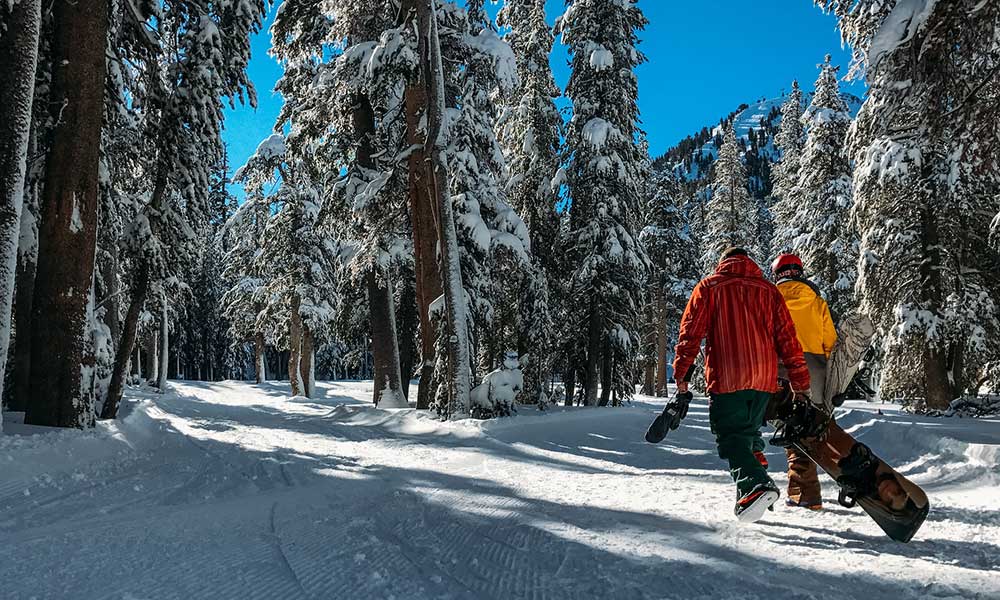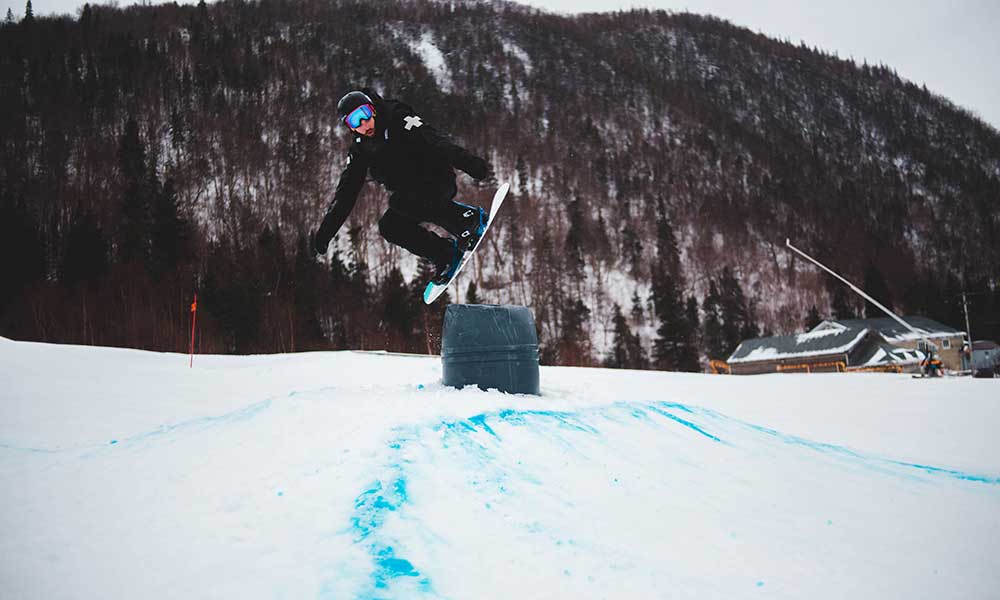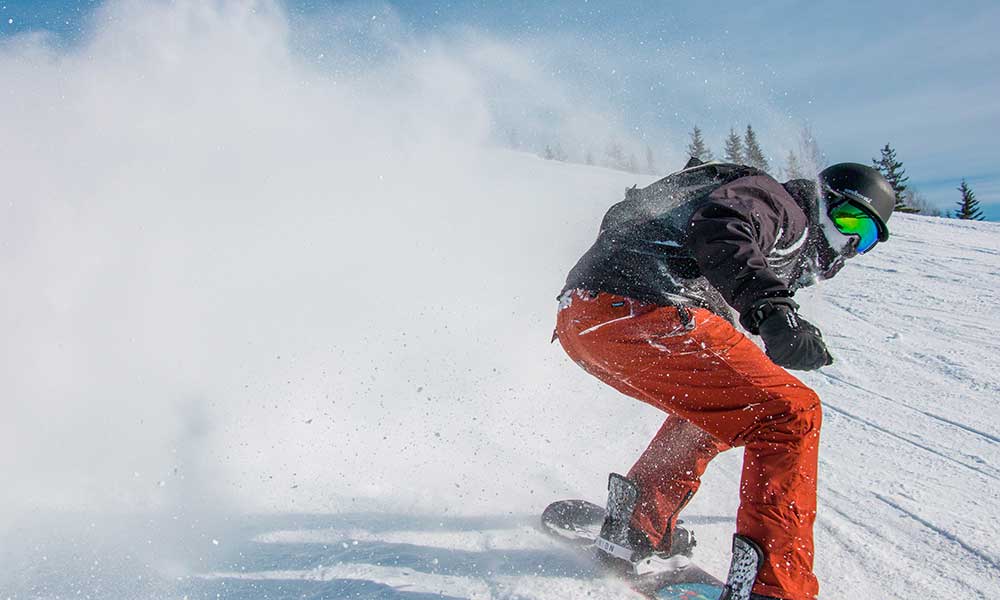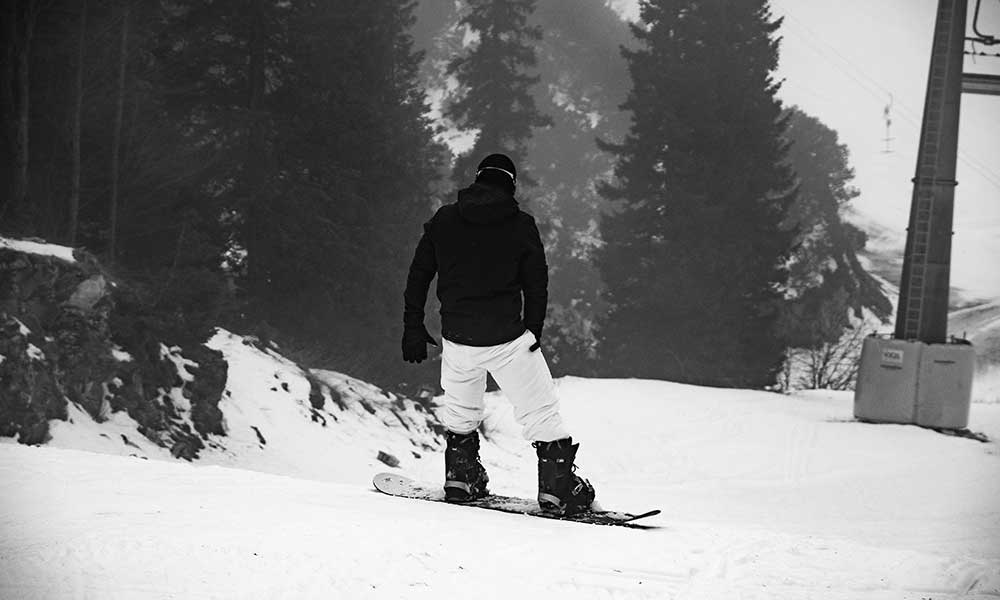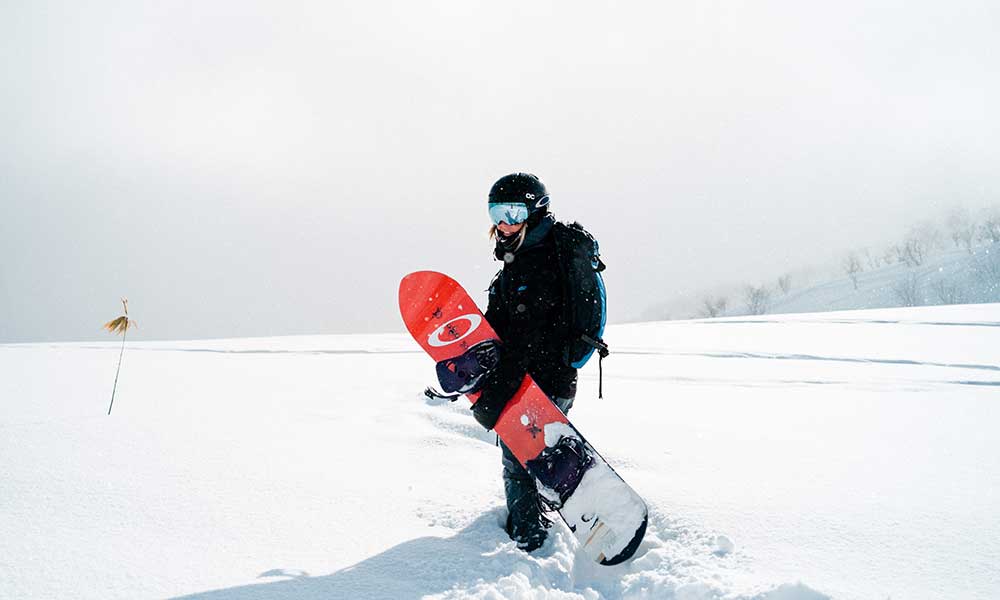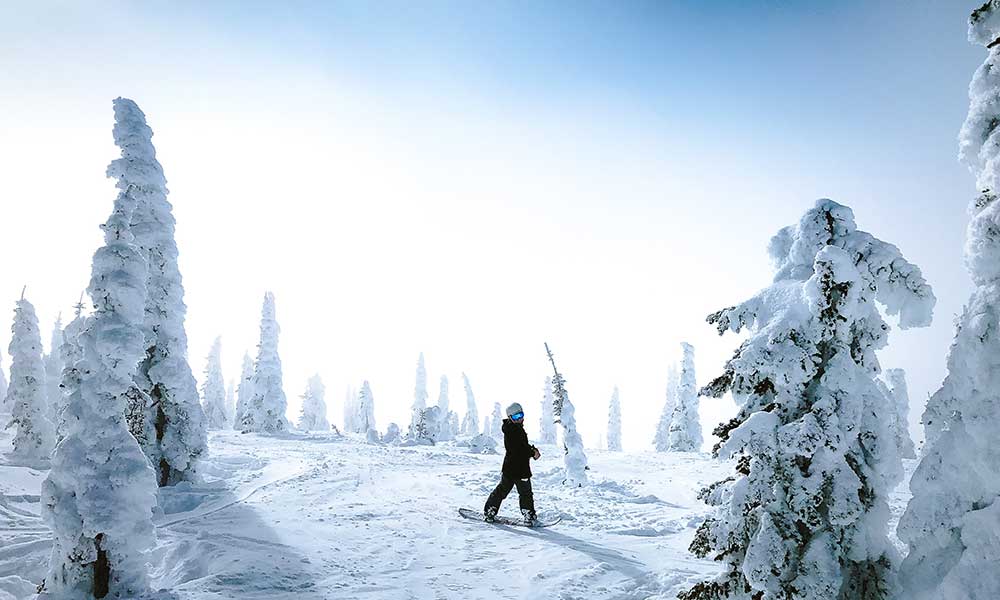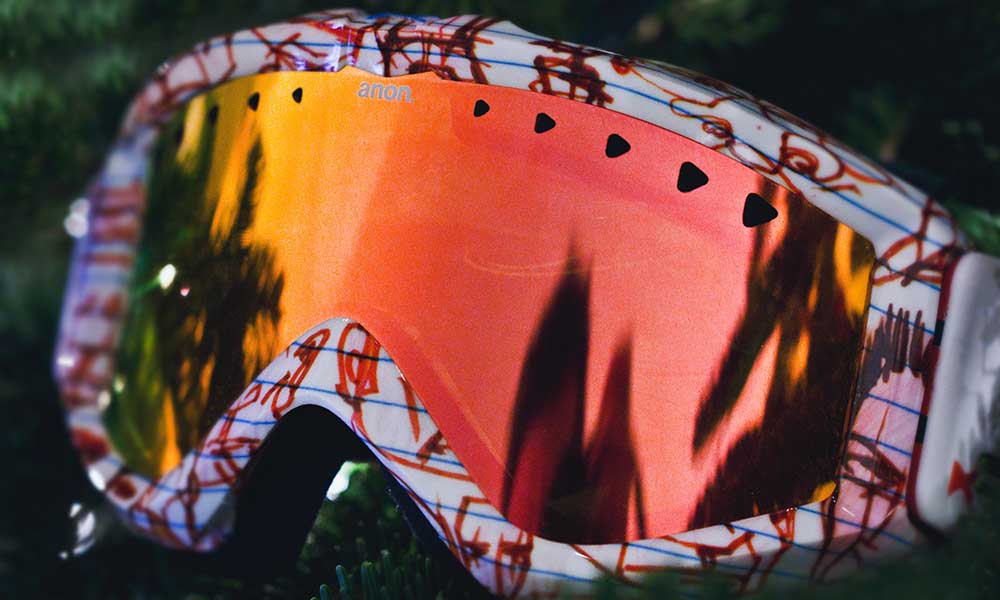There are several different styles of snowboarding, all of which dictate how you tackle the slopes, what sort of snowboard you ride, and more.
But what is freeriding, how does it differ from other types of snowboarding, and is it the right activity for you?
What is Freeride Snowboarding?
There is no strict definition of freeride snowboarding.
The definition seems to have changed somewhat over the years, and it also varies depending on who you ask.
It is often defined in a similar way to all-mountain riding, with some believing that they are two of the same.
It’s about carving hard, tackling steep slopes, and riding quickly and aggressively.
I know what you’re thinking—isn’t that snowboarding in general?
Well, if we forget about the specifics, the main difference is that freeride snowboarding is often performed off the beaten track.
Freeriders are a little more adventurous and are willing to tackle any challenge that comes their way.
Freeride Snowboards
Freeride snowboards are directional snowboards that are built for downhill speed.
They are designed so that one end is always facing down and they are made to be ridden fast and without compromise.
Freeride snowboards tend to be very stiff and will move quickly over hardpacked terrain.
What is the Difference Between Freeride and All-Mountain Snowboards?
All-mountain snowboards are much more beginner-friendly.
They are versatile, adaptable, and designed to suit a wide range of terrain.
Freeride snowboards, on the other hand, are built for speed, have more nose than tail, and a set back stance.
Is Freeride Snowboarding Good for Beginners?
Freeride snowboards are much stiffer than most beginner snowboards and the style itself tends to be faster and more unforgiving.
It’s also something that you do away from the usual beginner slopes.
By its nature, it’s not best-suited for beginner snowboarders.
Freestyle riding is a different story.
Freestyle snowboards are designed to be jumped and bumped.
They are trick machines and if you want to go over and through manmade features such as boxes and rails, that’s what you should be focusing on.
Of course, as a beginner, simply staying upright should be your first focus.
There’s no point learning how to grind a rail or get big air when you can’t ride the ski lift without falling on your ass.
But freestyle riding is something that most beginner snowboarders want to progress toward, and freestyle snowboards may be suitable for some beginners and intermediates.
Summary: Freeride Boards and Boarding
Protection is the name of the game when you’re freeriding, whether that means entering freeride competitions or just hitting some extreme terrain with friends.
The rate of injuries and fatalities is very low in snowboarding, but when you start tackling big mountain jumps and natural obstacles, the risks increase.
Make sure you have the best snowboarding gear (including boots, goggles, pads, and a helmet), get a good freeride snowboard, and always ride with friends.

